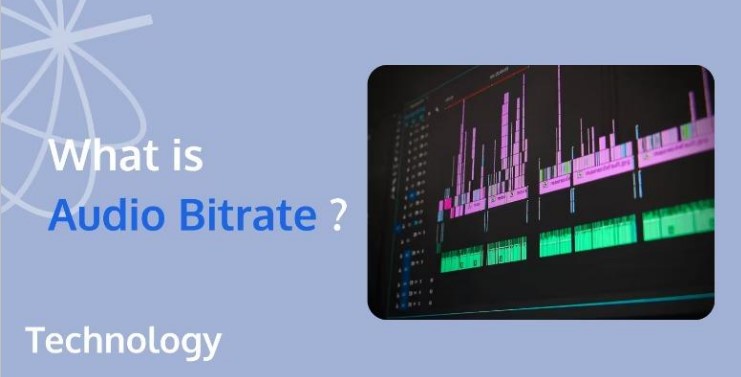Understanding Bitrate: What Does Bitrate Do?

In the realm of digital media, where the quality of audio and video content is paramount, bitrate stands as a crucial metric. Whether you’re streaming music, watching videos online, or engaging in online gaming, bitrate plays a significant role in determining the quality of your experience. But what exactly does bitrate do, and why is it so important?
The Role of Bitrate in Audio
In audio streaming or playback, bitrate determines the quality and fidelity of the sound. Higher bitrates typically result in better audio quality, as they allow for more data to be transmitted per unit of time. This means that more complex sounds and nuances can be preserved, resulting in clearer, more detailed audio.
Conversely, lower bitrates may lead to audio compression, where certain frequencies or details are sacrificed to reduce file size. While this compression can make audio files more manageable for storage and transmission, it often comes at the cost of reduced sound quality, manifesting as artifacts, distortion, or loss of clarity. Several factors can influence the choice of bitrate for audio and video content:
Content Type
The complexity of the audio or video content, including factors such as dynamic range, color depth, and motion, can impact the required bitrate. For example, a fast-action movie with intricate visual effects may demand a higher video bitrate compared to a static presentation.
Resolution
Higher resolutions, such as 4K or 8K for video, generally require higher bitrates to maintain quality due to the increased amount of visual information being transmitted.
Compression Algorithms
The efficiency of compression algorithms, such as MP3 for audio or H.264/H.265 for video, can significantly affect the perceived quality at a given bitrate. Advanced compression techniques aim to maximize quality while minimizing file size.
Bandwidth Constraints
The available internet bandwidth or network connection speed can impose limitations on the maximum achievable bitrate, influencing the streaming quality and user experience.
Finding the optimal bitrate to deliver a high-quality experience across a diverse range of devices and network conditions. It is a continuous endeavor in the ever-evolving landscape of digital media.
Why Bitrate Matters and the best platform to use
Bitrate matters because it directly impacts the quality of audio and video content consumed by users. Whether you’re listening to music, watching movies, or participating in online gaming, the bitrate determines how faithfully the original content is reproduced, affecting immersion, enjoyment, and overall satisfaction.
For content creators and distributors, bitrate represents a delicate balance between quality and accessibility. While higher bitrates promise superior audiovisual experiences, they also require more resources for storage, transmission, and playback. Here are details about the best platform:

Tencent RTC
High-tech real-time communication tools like Tencent RTC provide a smooth and effortless experience for users. One key feature, adaptive bitrate streaming, automatically adjusts the quality of streamed content based on individual internet connection speeds. This ensures viewers always have a positive experience by preventing buffering or lag. Tencent RTC also simplifies the process of managing stream quality, leading to an overall improvement in video and voice calls.
Conclusion
We hope you have learned what does bitrate do. Bitrate serves as a crucial parameter in the realm of digital media, influencing the quality, fidelity, and accessibility of audio and video content. Understanding its significance empowers both consumers and creators to make informed decisions that enhance the overall viewing and listening experience in today’s interconnected world.






